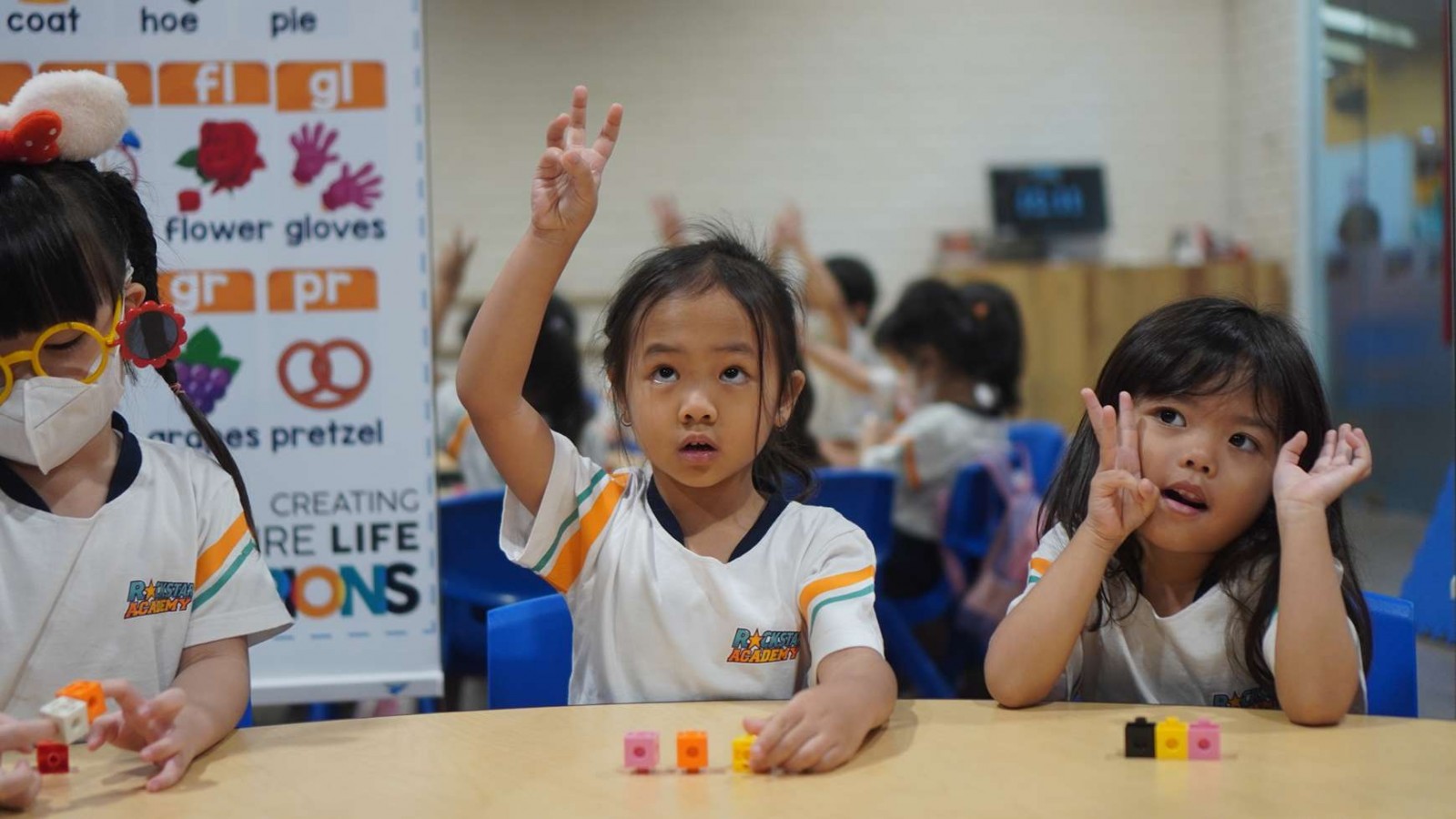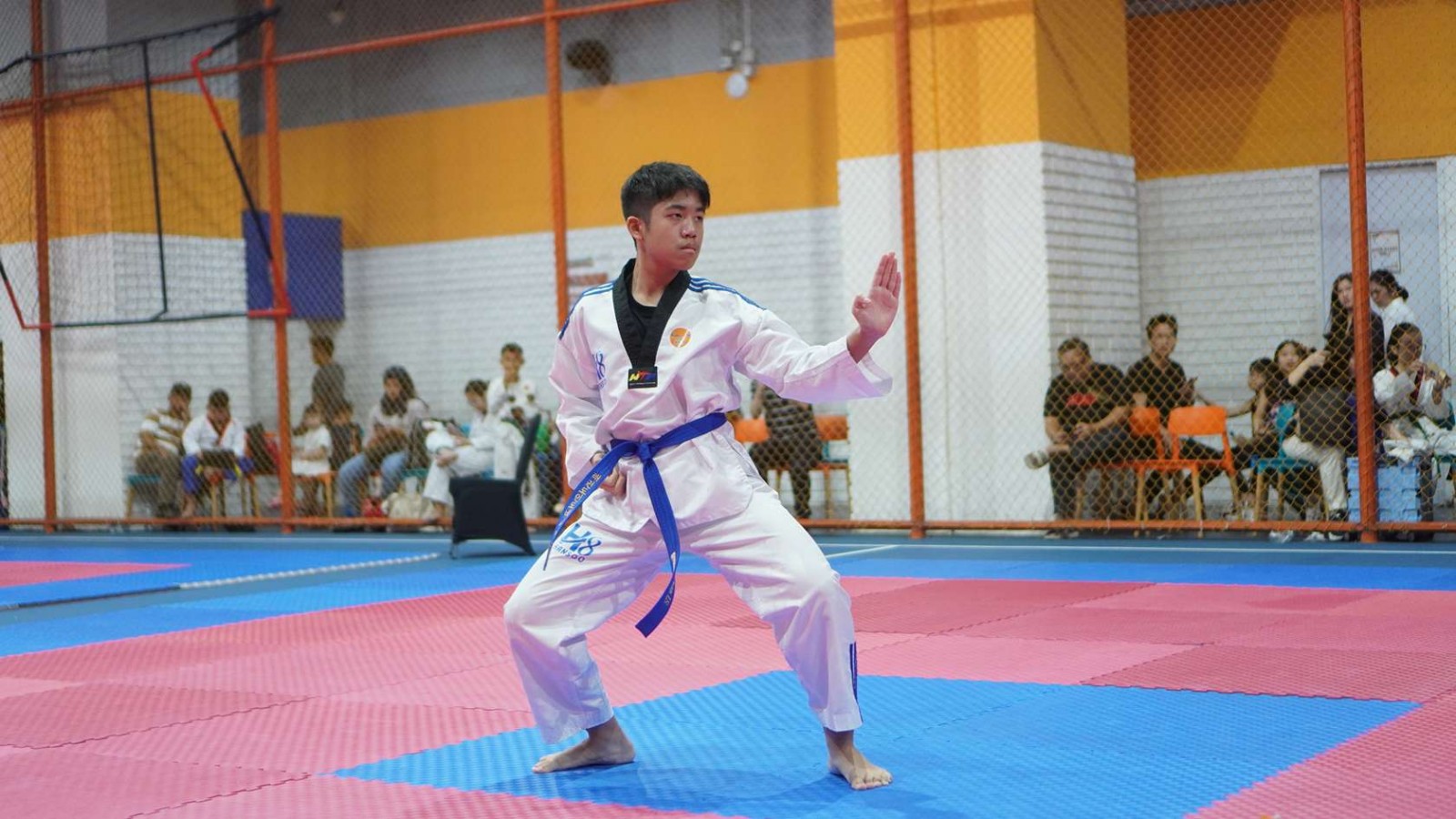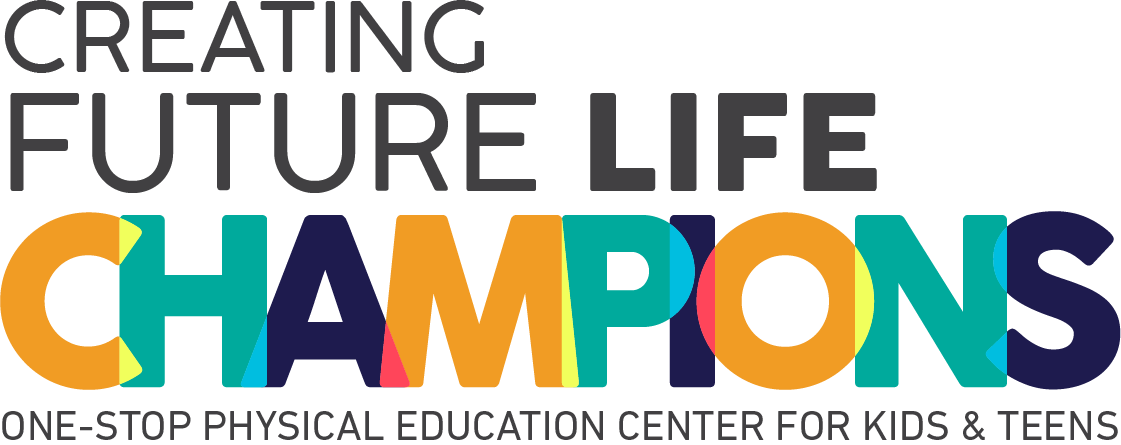Fun and Engaging Ways to Teach Addition for Kindergarten

Teaching addition to kindergarteners can be a fun and exciting adventure. At this stage, children are eager to learn and explore, making it the perfect time to learn math concepts.
In this article, we will discuss the importance of learning addition in kindergarten, understanding the kindergarten math curriculum and provide several fun activities to teach addition for kindergarten.
Understanding the Kindergarten Math Curriculum
The kindergarten math curriculum typically includes various foundational skills, with addition being a key focus area. Here’s a breakdown of what to expect:
- Counting
Children learn to count numbers sequentially, both forwards and backwards. They also practice counting objects and recognizing numbers.
- Number Recognition
Recognizing numbers is essential for performing addition. Children should be able to identify numbers up to at least 20.
- Understanding the Concept of Addition
At this level, children learn that addition means putting together groups of objects. They explore addition using physical objects, such as blocks, toys, or counters.
- Simple Addition Problems
Kindergarteners practice solving simple addition problems, usually involving numbers from 0 to 10. They might use pictures, fingers, or other hands-on tools to find the sum.
- Introduction to Math Vocabulary
Children learn key math vocabulary related to addition, such as “sum,” “plus,” and “total.” Familiarizing them with these terms helps them articulate their understanding of addition.
Why is it Important to Learn Addition in Kindergarten?
Learning addition in kindergarten is much more than just memorizing numbers and sums. It lays the groundwork for future math skills and helps children develop critical thinking abilities. Let's explore why learning addition at this young age is so important and how it can benefit children in various ways.
1. Building a Strong Mathematical Foundation
Addition is one of the fundamental concepts in math. Just as children learn to walk before they run, they need to understand addition before they can tackle more complex math problems. Learning addition in kindergarten sets the stage for other important concepts, such as subtraction, multiplication, and division.
When kids grasp addition, they can begin to understand how numbers relate to one another. For instance, when they learn that 3 + 2 = 5, they can also understand that if they have 5 and take away 2, they are left with 3. This foundational knowledge is essential for their overall mathematical development.
2. Encouraging Critical Thinking and Problem-Solving Skills
Math is all about problem-solving, and learning addition helps children develop these crucial skills. When children are faced with an addition problem, they must think critically about how to arrive at the solution.
For example, if they have three apples and their friend gives them two more, they need to figure out how many apples they have in total. This process encourages kids to analyze the situation, identify what they know, and come up with a strategy to find the answer.
3. Real-Life Application of Math Skills
Addition is everywhere in our daily lives. From counting toys to sharing snacks, understanding addition helps children navigate the world around them. For instance, if a child has five candies and wants to know how many they will have if they get three more, they can use addition to solve the problem.
When children learn how to add, they are equipped with practical skills that they will use throughout their lives. Whether they're calculating the total cost of items at a store or figuring out how many friends they can invite to a party, addition is a fundamental part of everyday decision-making.
4. Boosting Confidence in Math Abilities
Mastering addition gives children a sense of achievement and boosts their confidence in their math abilities. When they solve an addition problem correctly, they experience success, which motivates them to continue learning.
This positive reinforcement is crucial, especially in a subject like math, where some children may feel anxious or intimidated.
As children become more confident in their addition skills, they are more likely to engage with math challenges in the future. They begin to see themselves as capable learners, which encourages a growth mindset which is an important attitude that helps them embrace new learning opportunities.
5. Fostering a Positive Attitude Towards Learning
Introducing addition in a fun and engaging way can create a lifelong love for math. When children associate math with enjoyable activities, games, and hands-on experiences, they are more likely to develop a positive attitude toward learning.
6. Understanding the Language of Math
Learning addition involves more than just numbers; it also introduces children to the language of math. Terms like "sum," "total," "plus," and "equals" become familiar to them. This vocabulary is essential for communicating mathematical ideas effectively.
As children learn to express their thought processes using the correct terminology, they build a solid foundation for future math discussions.
7. Encouraging Social Skills Through Collaborative Learning
Learning addition can often be a group activity, whether in a classroom setting or at home. When children work together to solve addition problems or play math games, they develop important social skills.
Collaboration encourages teamwork, communication, and patience. They learn to share ideas, listen to their peers, and support one another as they tackle math challenges together.
Fun and Engaging Activities for Teaching Addition
Teaching addition to kindergarteners can be exciting and fun. Let’s explore some fun and engaging activities for teaching addition for kindergarten:
A. Using Manipulatives (Physical Objects)
Manipulatives are any small, physical objects that children can hold and count. These could be anything from colorful counting bears, buttons, or even small toys. Kids love being hands-on, and manipulatives help them see math in action.
You can give children a set of objects, like five blocks, and ask them to add three more. Then, have them count the total. This visual and physical method helps them understand the concept of “adding” in a concrete way.
B. Addition with Number Lines
Number lines are another excellent tool for teaching addition. A number line is simply a line with numbers placed in order, usually starting from 0. It gives children a visual way to “jump” from one number to another while adding.
Draw a large number line on the ground or provide a printed version. Ask the child to stand at number 2, for example, and jump forward 3 spaces. They land on number 5, showing that 2 + 3 equals 5.
By physically “jumping” on the number line, children better understand how to move from one number to the next, making it easier for them to solve simple addition problems. This method helps those who aren’t ready to do mental calculations yet.
C. Addition Games and Puzzles
Turning addition into a game can make learning even more exciting. There are plenty of board games, card games, and puzzles designed specifically to help kids practice addition.
Simple games like rolling dice and adding the numbers together, or using a deck of cards to combine values, are excellent ways to practice addition in a game setting. You could even create your own “addition bingo” where kids have to solve simple addition problems to fill their bingo cards.
D. Story Problems with Addition
Children love stories, and creating simple story problems helps them see how addition is used in everyday life. By making the story fun or relatable, children are more likely to stay engaged.
Some children may struggle to see the real-world application of addition, but using a story helps them connect math to everyday situations. It also makes learning more personalized and engaging for them.
As example, create a story like, “Lucy has 3 balloons. Her friend gives her 2 more. How many balloons does Lucy have now?” You can use visuals, like drawing the story or using toys, to make it more interactive.
E. Craft Projects for Addition
Some children learn best when they can create something. Craft projects not only reinforce math concepts but also help them build fine motor skills and stay engaged with the task.
One simple idea is to create an “addition rainbow.” Children cut out colorful strips of paper, write addition problems on each strip (like 2 + 3), and then glue them together to form a rainbow.
Finding the Right Preschool
Finding fun and engaging ways to teach addition is key to helping kindergarteners build a solid foundation in math. Equally important is choosing the right preschool that nurtures both academic learning and physical development.
One of the best options for your child is Rockstar Academy, where they can experience a well-rounded education that includes Preschool and Kindergarten programs, along with various physical activities, events, and competitions tailored for different ages, skill levels, and interests.
Additionally, the RSA Preschool/Kindergarten Comprehensive Syllabus Books are designed to cover all the key concepts and activities needed to help young children get ready for Primary School.
These books use fun and engaging lessons to build essential skills like reading, writing, counting, and problem-solving. By focusing on age-appropriate exercises and hands-on learning, the syllabus makes learning enjoyable and effective, ensuring kids feel confident and excited as they make the big step into Primary School.
At Rockstar Academy, children are guided by experienced teachers who help them become more adaptive and confident in their abilities, ensuring their overall well-being and success.
Plus, Rockstar Academy offers a free trial class, so if you’re interested in giving your child a fun and enriching experience, don’t hesitate to contact them today!
FAQs
What age should children start learning addition?
Children typically begin learning basic addition concepts in kindergarten, around ages 5 to 6. However, introducing the idea of addition through play and counting can start as early as preschool.
How can I help my child practice addition at home?
You can help your child practice addition at home by incorporating it into everyday activities. Count items during grocery shopping, play math games, or use apps that focus on addition skills.
What if my child struggles with addition?
If your child struggles, be patient and use different teaching methods. Offer extra practice with manipulatives and real-life examples, and consider additional support through tutoring or math programs.



